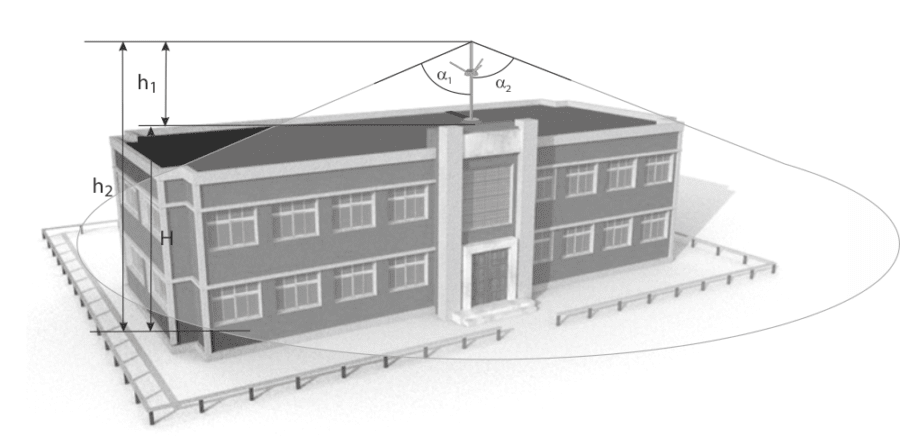

The importance of the lightning protection system for any building cannot be overstated. Lightning protection systems are essential to protect buildings from lightning strikes and the damages caused to the structure, the internal system, and the people inside. To design an effective system for complete protection we need to first learn the possible risks, damages, and losses involved with the structure due to lightning strikes.
Risk assessment is an initial step that helps to evaluate whether a building and its surrounding environment are at risk of a lightning strike. Risk assessment is done specifically for each structure. Thus, it aids in designing an exclusive lightning protection system for the structure to prevent lightning-related risks and damages. It also helps to identify the structures that are likely to benefit from the addition of lightning protection systems and which are the ones that do not need any additional protection measures. Manual risk assessment involves a lot of time and calculations which makes it a difficult task. That is where the Axis Risk Assessment Software becomes a boon.
Axis Lightning Risk Assessment Software is designed based on IEC 62305-2 and other standards for risk analysis of any structure. It helps to identify the exact level of protection needed for your structure and implement an effective lightning protection system based on it.
Risk analysis and management involve understanding the structure to be protected and its characteristics, identifying all the types of losses in the structure and corresponding risks. It also includes evaluation of the risks, understanding of the tolerable limits and the evaluation of the need for protection.
The Axis Smart Lightning Assistant Software is a step-by-step guide which can be easily understood and used by anyone. In this software, every project is evaluated based on Five modules. Each module is developed to accurately analyse and determine the Class of Protection needed for the structure. The five modules are as follows:
This module is the first step to calculating the risks based on your structure. The calculation is based on the details provided about the structure, its complexity and other details related to the supply lines coming into the structure. The data regarding the structure needs to be entered in the predefined fields, which are used to produce the output required for the next step in your Lightning Protection Design process.
The second module is specific to the Air- termination system. It provides multiple protection methods (Rolling Sphere, Protective Angle) and a 3D representation of the structure to help you with the placement of your Lightning Arresters. Once the design is complete, you can see the output with complete external protection.
This module is divided into two parts: Substation earthing (based on IEEE 80) and earthing for other structures. Based on this selection, the software will calculate the number of Earth Electrodes required using either the Type A or Type B method of Earthing. The Earth Electrode configuration also gives multiple options to justify which option gives maximum earth resistance.
Can you make four tap connections using only one connector? The Satellite Connector, also known…
In this blog, you will learn how to install Termination Kit for medium-voltage cables. What…
In 2023 India lost 15% of its generated electricity to technical and commercial losses. Power…
In this blog, you will learn how to install Insulation Piercing Connectors on MV Covered…
In this blog, you will learn how to install a Preformed Alignment Tie for Covered…
Do you know why power lines work even when they are installed at a significant…